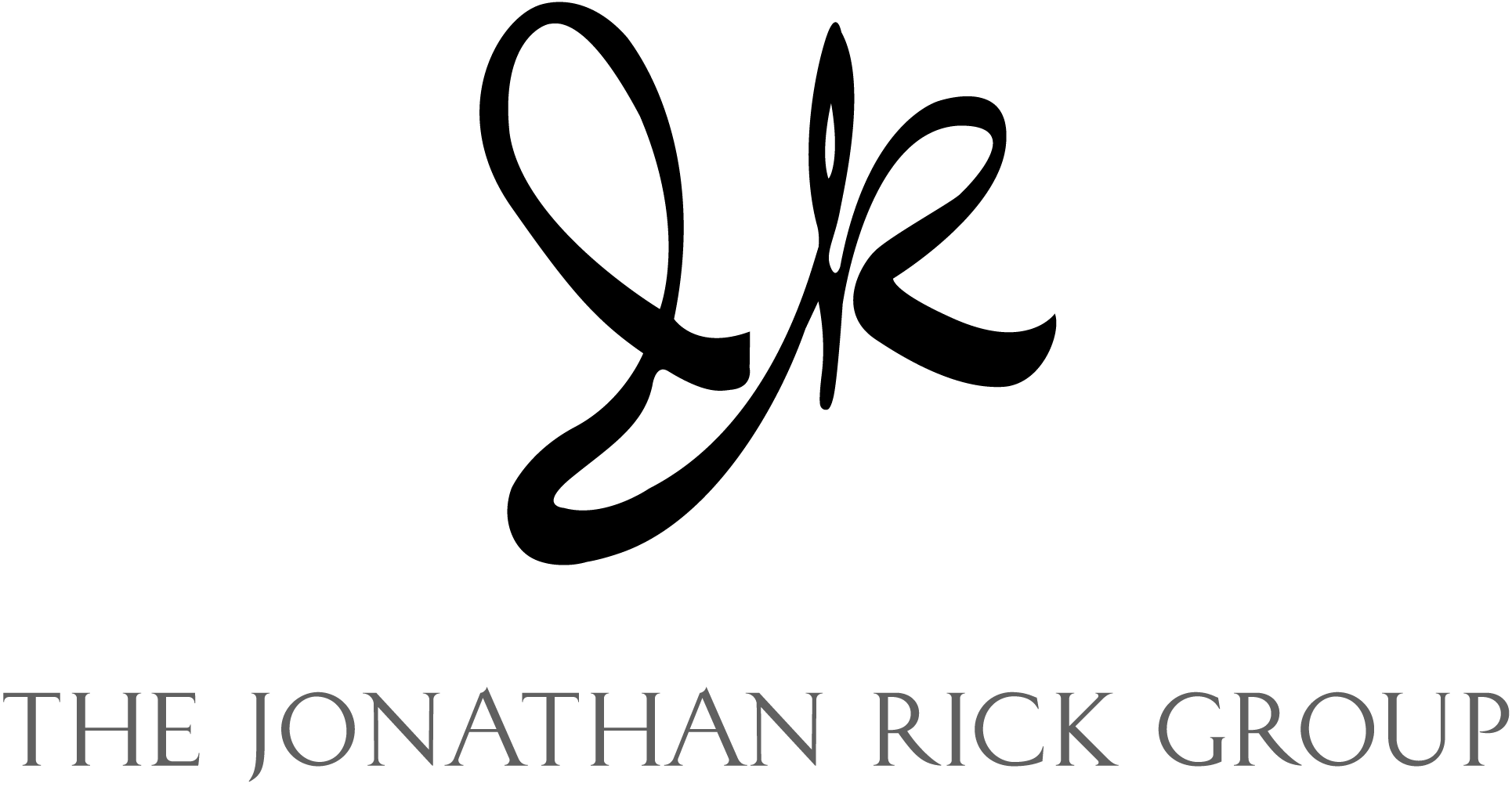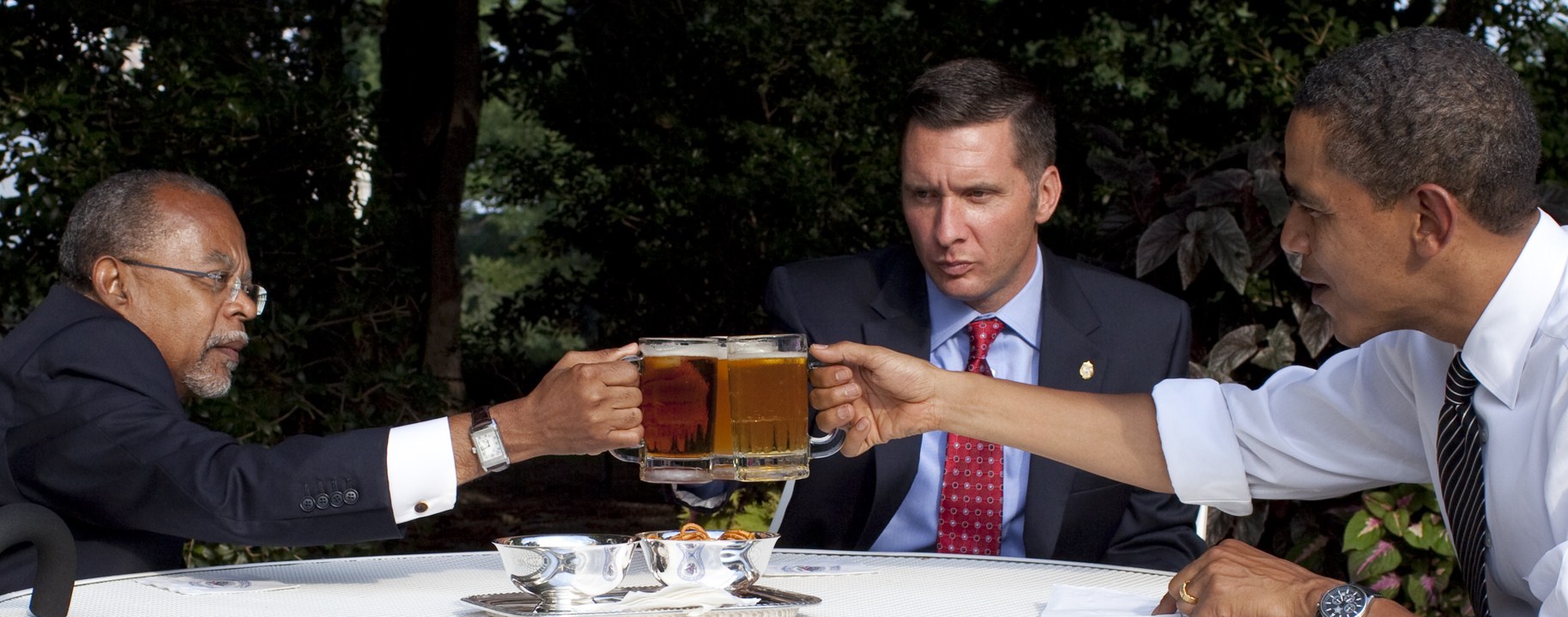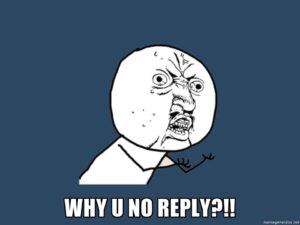You can tell a lot about a person from his emails.
Who would you want to have a beer with?
That question kept racing through my mind as I read the replies to a solicitation I recently sent out. The emails, which within an hour numbered more than a dozen, ranged from the pedestrian to the eloquent.
I’m publishing a representative handful to correct a widespread misperception among consultants in every industry: from publicists to painters to pet-sitters, what ultimately separates the winning vendor from the runners up isn’t the quality of your work. It’s whether people want to work with you. In other words, your likability.
Indeed, according to outplacement experts, in evaluating potential employees, employers value personality, passion, and proficiency in that order. The classic example is Charles Schwab, who in 1901 became the first recipient of a million-dollar salary. He earned this distinction not because of his expertise in steel, but “largely because,” Schwab recalled, of his “ability to deal with people.”
Keep this maxim in mind as you eyeball the below emails. After all the interviews and case studies and estimates and reference checks, most decisions in life come down to a single sensor: one’s gut. So before firing off your next pitch, think like the client and ask yourself that quintessentially American question: who would I want to have a beer with?
The Cut to the Chaser
1. “Do you have budget?”
It’s a legitimate question, but as the leadoff one, it’s a turnoff. Just as you wouldn’t ask a woman about her bank account on your first date, so your icebreaker to a prospective client shouldn’t be about money. No one wants to work with someone whose immediate—and seemingly only—concern is what you can do for him.
2. “My firm probably could do this. If you’d like to chat I’m at [redacted]. Website is [redacted].”
Love the confidence: we “probably could do this.” Equally inspiring: the description of your firm and a reason for its relevance to this project. No, wait…
3. “[Redacted] based out of Austin, TX is a great choice! Fast, quality work. Not sure of their schedule, but it can’t hurt to check.”>
While the tip is intriguing, it’s incomplete. Care to make an introduction? How about identifying your contact here? At the least, give me an email address.
(If you’d prefer not to introduce me in your initial email, maybe offer to do so once I reply affirmatively? See reply #8.)
The Lou Avery
4. “[Redacted] emailed me that you may need a short video project. I am [redacted] from [redacted]. Let me know if we can help. Our demo reel is at [redacted].”
These straightforward sentences call to mind Lou Avery, Don Draper’s replacement in Mad Men. The new creative director is immortalized with this faint praise: “Lou is adequate.” So is this pitch, which is perfectly fine if you’re comfortable with average work.
5. “[Redacted] forwarded this to me. [Links to his videos.] What’s the project? Short turnarounds are rarely a problem (although I do have a current video for another client and a shoot with [redacted] to work on this weekend). Would love to know more, though.”
I appreciate your honesty. It’s admirable. At the same time, letting me know I won’t be your top priority isn’t the best way to commence a relationship. Reserve any potential problems until you’re asked or have established a rapport.
The Storyteller
6. “You might try [redacted]. He was at [redacted] and has his own business now. I know [redacted] has also used him. Everyone that I know who he’s worked with has been super pleased with the results. His email is [redacted].”
Solid. A strong recommendation coupled with a couple of name drops. And an email address is provided, so I can simply forward the message.
7. “Hey [redacted], Wanted to introduce you to Jonathan Rick. He is currently looking for a production team to help him with a video that needs to wrapped in the next two weeks. The budget is also fixed at $12K. Mentioned some of the details to [redacted], but Jonathan can fill you in on the rest. Know the budget is tight but hopefully you and Jonathan can figure something out.”
Excellent. Introductions like this reduce my workload—a surefire way to win my wallet. As a result, the burden now falls on the other party to follow-up.
One suggestion: tell me something about the other party.
8. “I can suggest an utterly brilliant award-winning filmmaker and producer, with a very quick turnaround and ridiculously affordable rates, who has won numerous awards for his professional filmmaking prior to his turning his attention to work for the [redacted] movement. Problem is, he’s in Australia. If it’s something that can be arranged off location though, let me know, and I’ll put you in touch…”
“Utterly brilliant”? “Ridiculously affordable”? Sold! Even though the location is a deal-breaker, I still want to meet this superstar. You never know when another opportunity will arise.
Six Principles
Fielding the above “cover letters” made me feel like a recruiter receiving rounds of resumes. Amid this deluge, six principles of salesmanship quickly took hold:
1. The early bird gets the worm.
With a tight turnaround, the first few replies will attract maximum interest. With each subsequent email, my attention wanes.
Similarly, the further away you get from the initial request, the less the client remains in buying mode. If you can’t reply within 48 hours, what does this say about your responsiveness?
2. Follow instructions.
The quickest way to eliminate yourself is by ignoring instructions. If a Word doc is requested, don’t send a PDF. If I ask for a one-paragraph description of your firm, don’t refer me to your personal LinkedIn profile.
My friend, recruiter Claire Kittle Dixon, shares this story: “If you think I’m a stickler, you should talk to my clients. The most common reaction I get from clients is, ‘If the candidate can’t follow simple application instructions, how will he perform on the job?’ They also say, ‘If the candidate doesn’t care enough to read the instructions, he must not be very interested in the job.’ It’s hard to argue with either point.”
3. Tell me about yourself.
I don’t need your bio, just your elevator pitch or a memorable detail. Do you specialize in a certain facet of the field? Did you recently win any awards, get some nice press, or finish a particularly exciting project? Do we have any mutual friends or interests? (I may not recall your name, but I’ll remember that we both worked in the Bush White House.)
4. Offer advice.
One reply I didn’t reprint contained this pearl: “I especially like the fact that [the video] is scripted and not documentary-style, and that they want to turn it around quickly. There are too many projects that drag on forever.” When every pitch is basically the same, demonstrating your expertise (showing rather than telling) goes a long way. Also, flattery never hurts.
(What happened to this pro? He failed principle #2—instructions.)
5. Make it easy for me.
This is my biggest pet peeve. If you’re recommending someone, it’s best to gauge that person’s interest and availability beforehand. Once you’ve prequalified him, then introduce us via email. (See reply #7.) This saves me the trouble of repeating the project parameters.
6. Get excited.
There’s no better way to stand out than with gusto. If you’re confident you could knock this assignment out of the park, find an appropriate way to say so. Just as we remember a receptionist who greets us with a smile, so we remember the emailer who expresses eagerness and exudes enthusiasm.
A Master of All Trades
Some will accuse me of being persnickety, of foregoing a talented producer because of a lackluster initial email. If the guy can deliver a killer video, does he also need to be Shakespeare?
To this charge, I plead guilty. I want to work with people who are not only great at their job—be it videos or vehicles—but who can also communicate their thinking in a clear and logical way. I want to work with people who not only think creatively, but can also elucidate the principles behind that creativity to a nonexpert. I want to work with people who make me smarter.
Perhaps no one grasped this philosophy better than Steve Jobs. Whether the thing before him was a glass of juice or a potential employee, he refused to degrade his standards. As he told a pair of interviewers in 1997,
“The dynamic range between what an average person could accomplish and what the best person could accomplish was 50 or 100 to 1. Given that, you’re well advised to go after the cream of the cream … A small team of A+ players can run circles around a giant team of B and C players.”
Years later, regarding his cofounder at Apple, Jobs added: “What I saw with Woz was somebody who was 50 times better than the average engineer. He could have meetings in his head.”
Is this a lot to ask for in a mere introductory paragraph? Sure is. But when the competition is stiff and the pay is good, don’t give anyone an excuse to pass you over. Give them a reason to look you over.
The above lessons result from seven years of running the Jonathan Rick Group, where I’ve written and responded to more RFPs than I care to remember. Tweet me your pet peeves of pitching a prospect at @jrick.
A version of this blog post appeared in Fast Company on August 25 and LindsayOlson.com on September 11, 2014.




